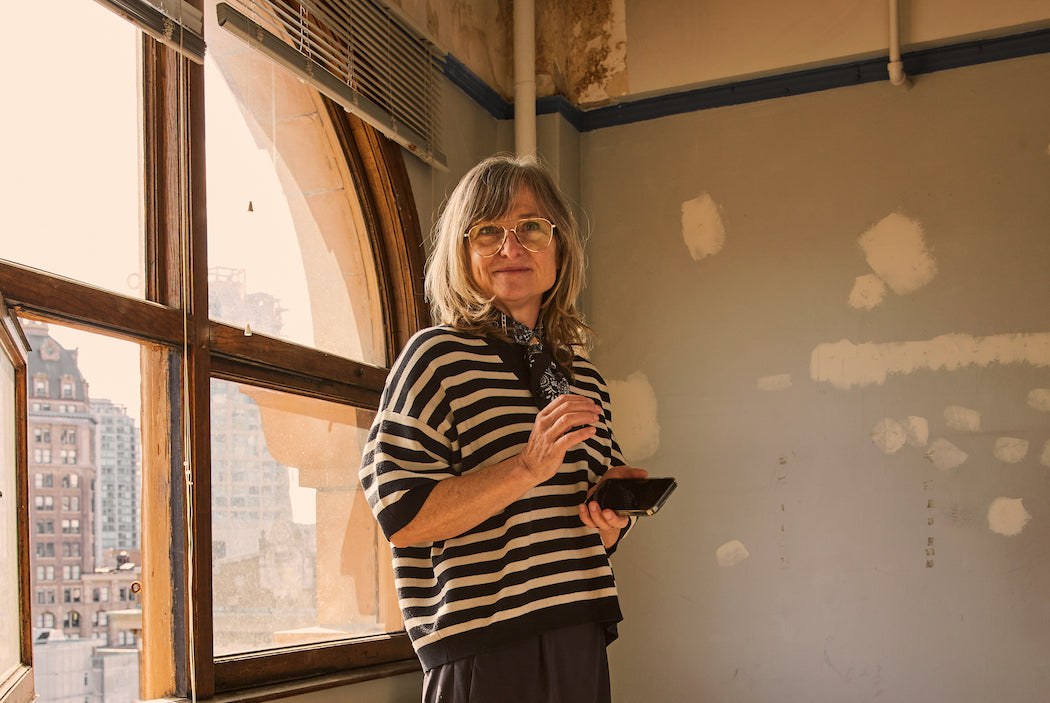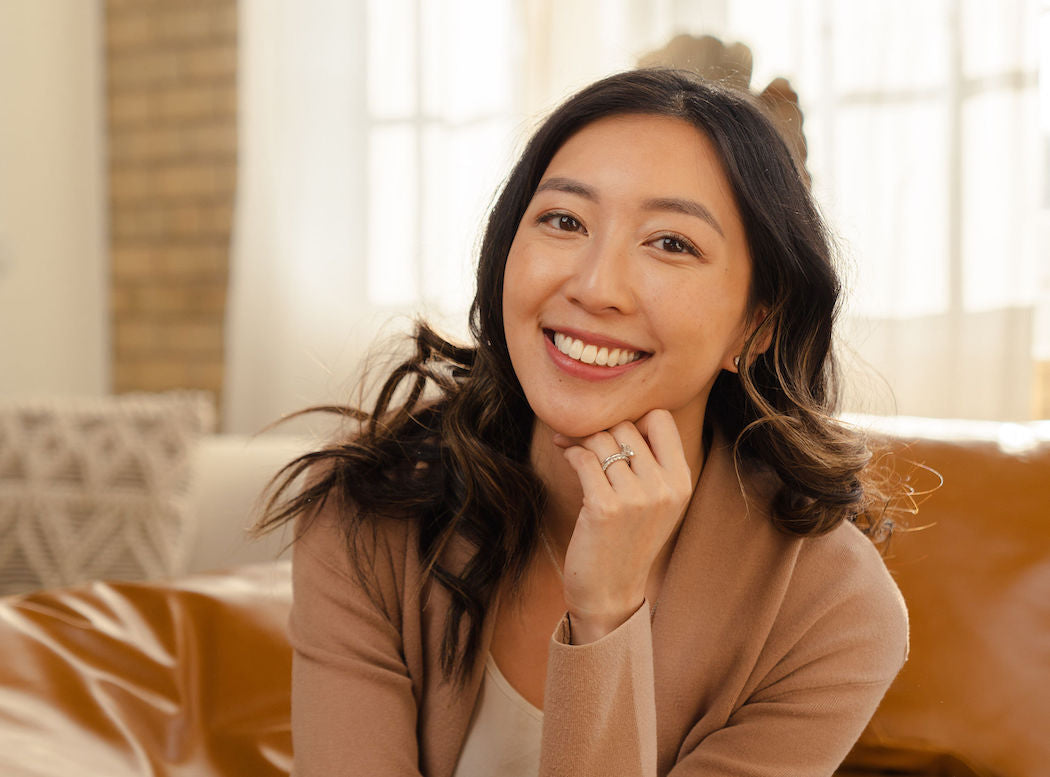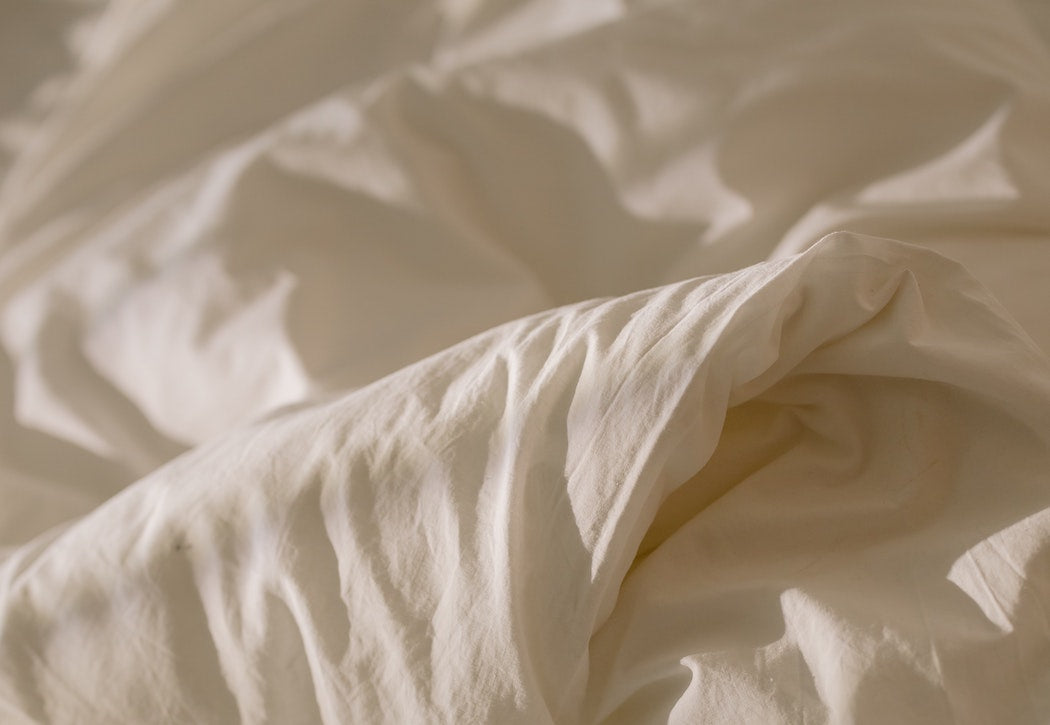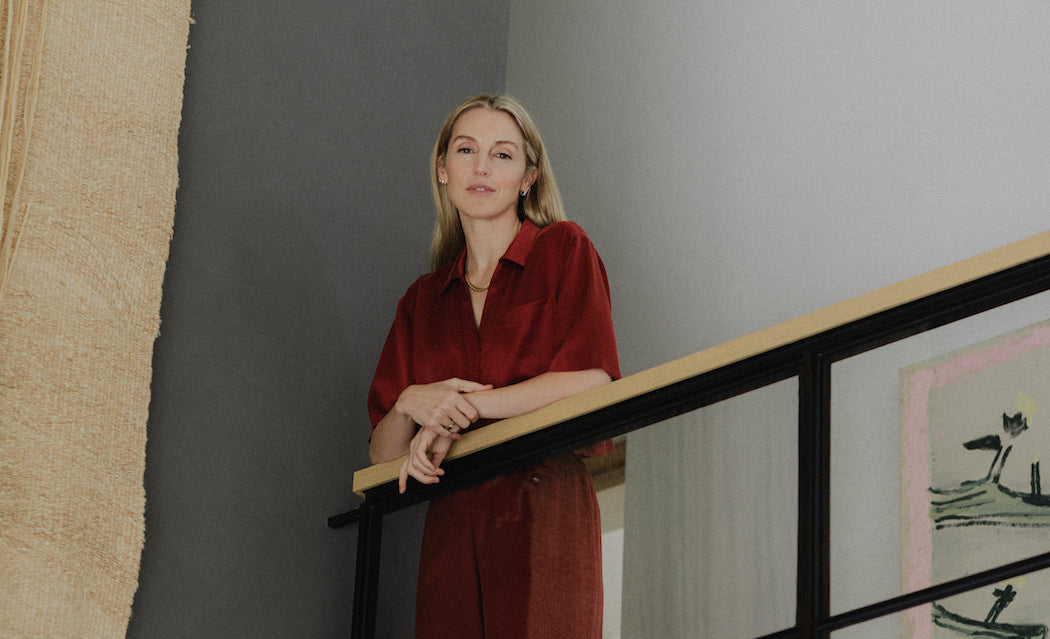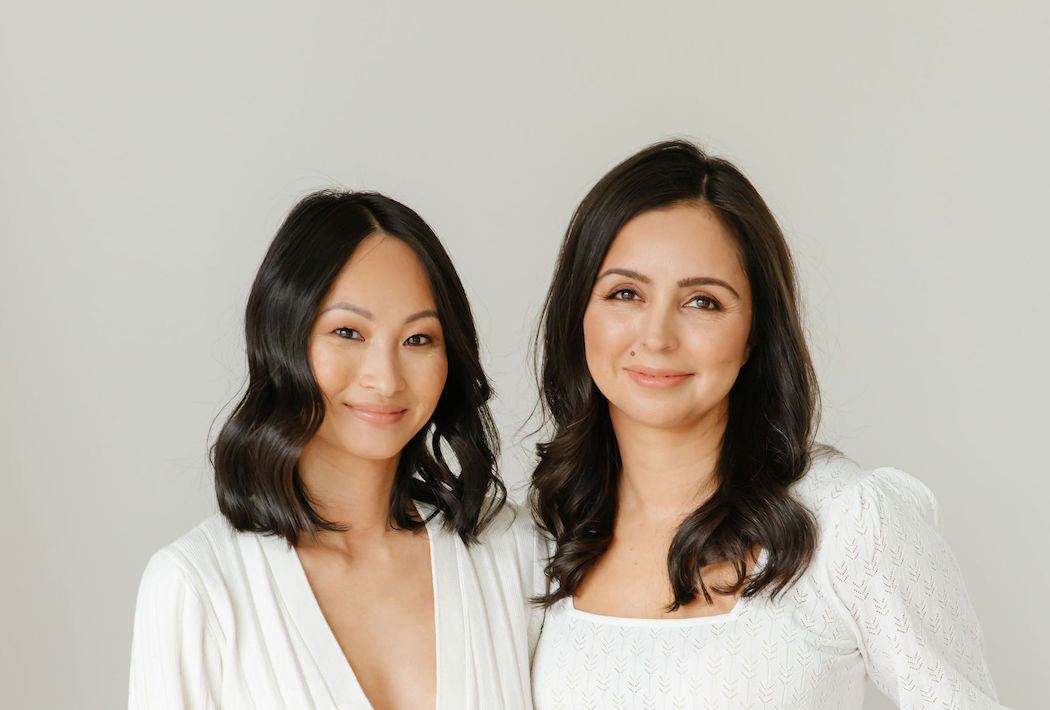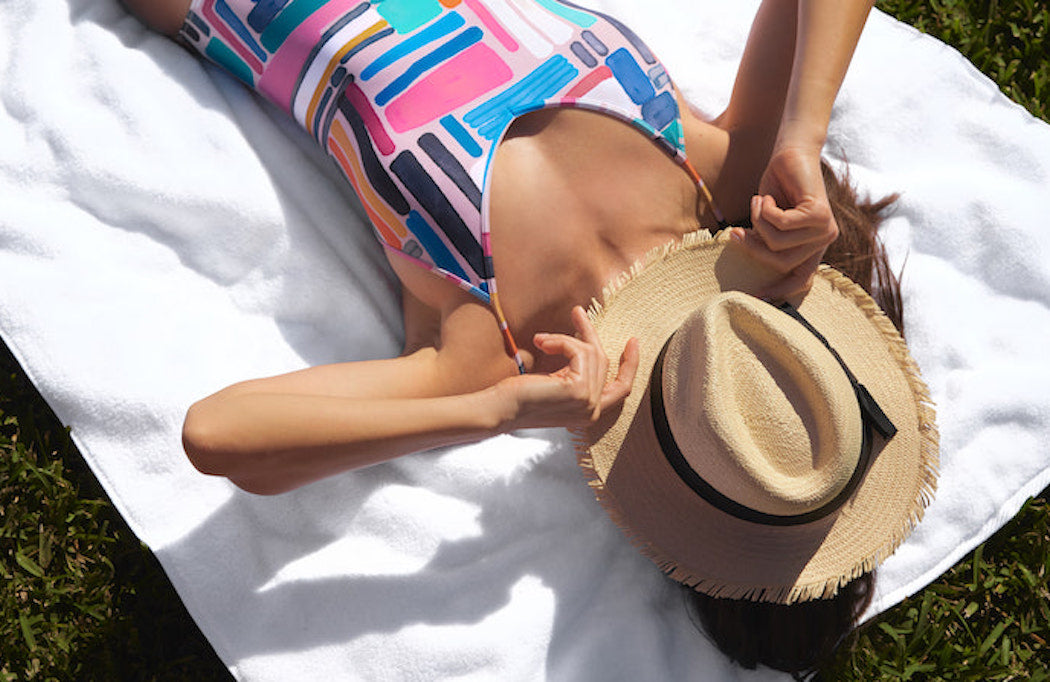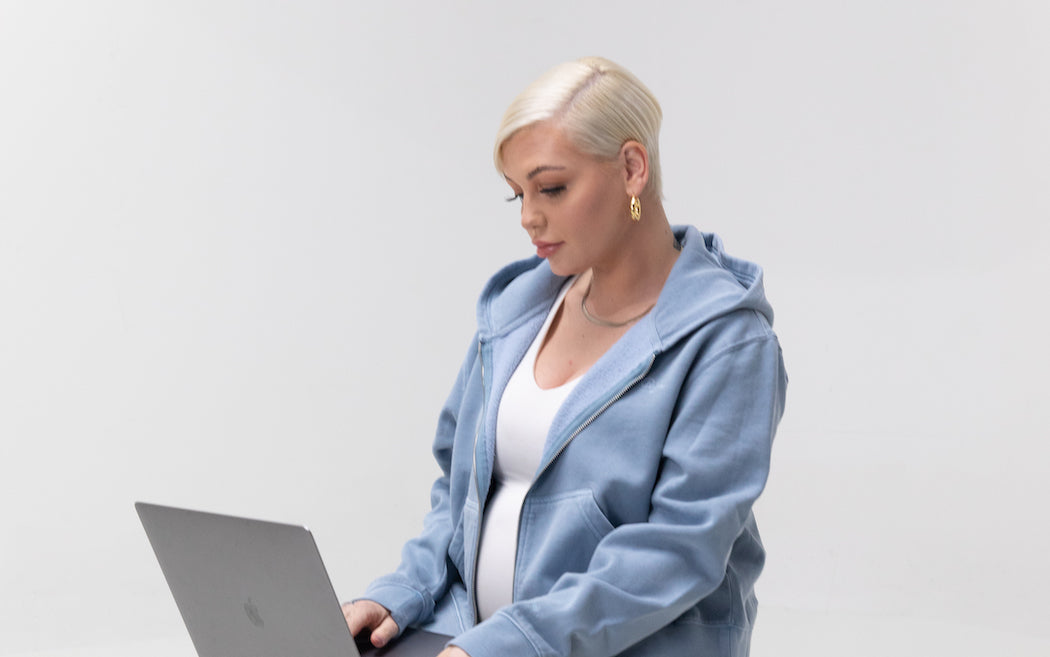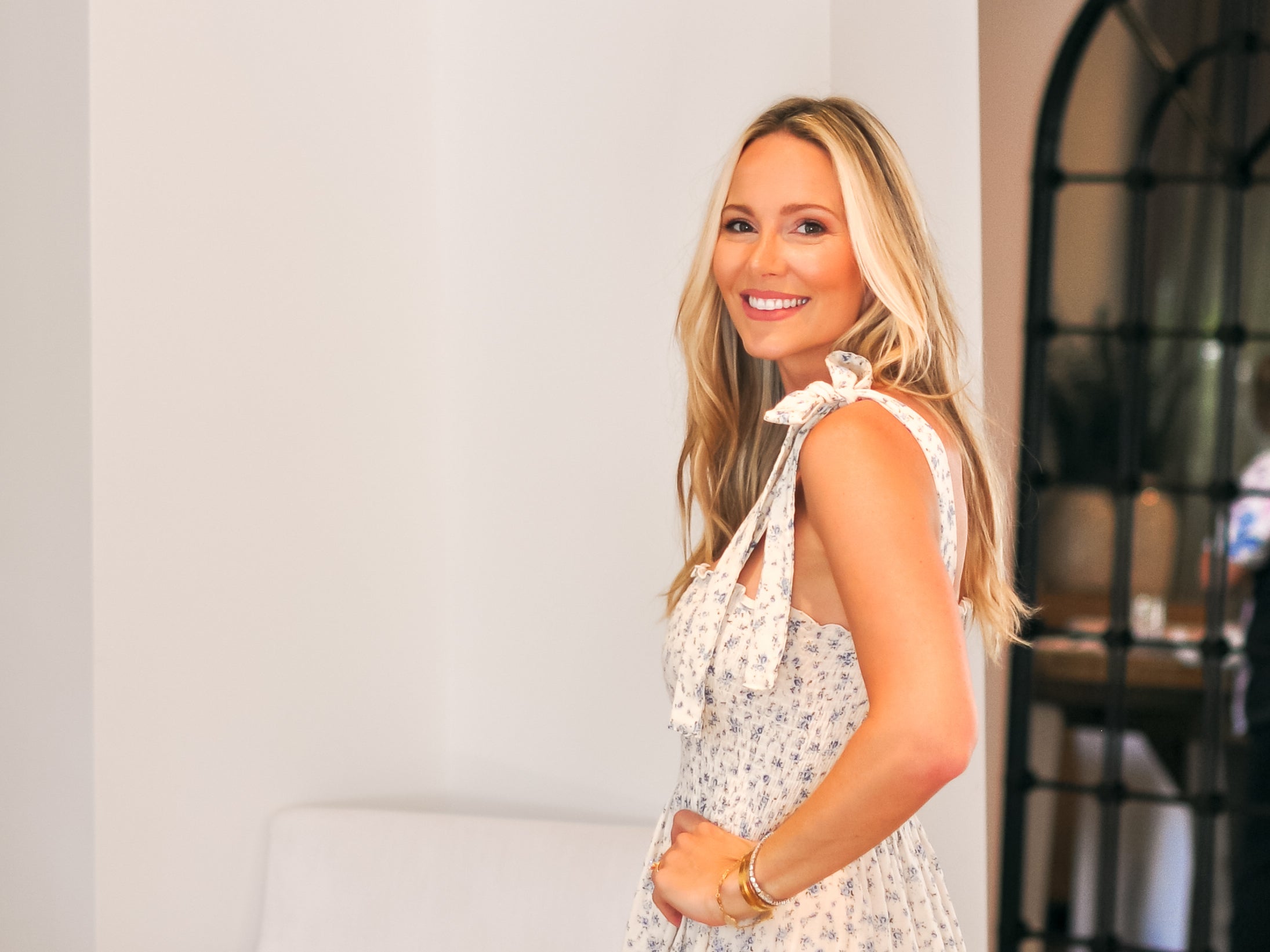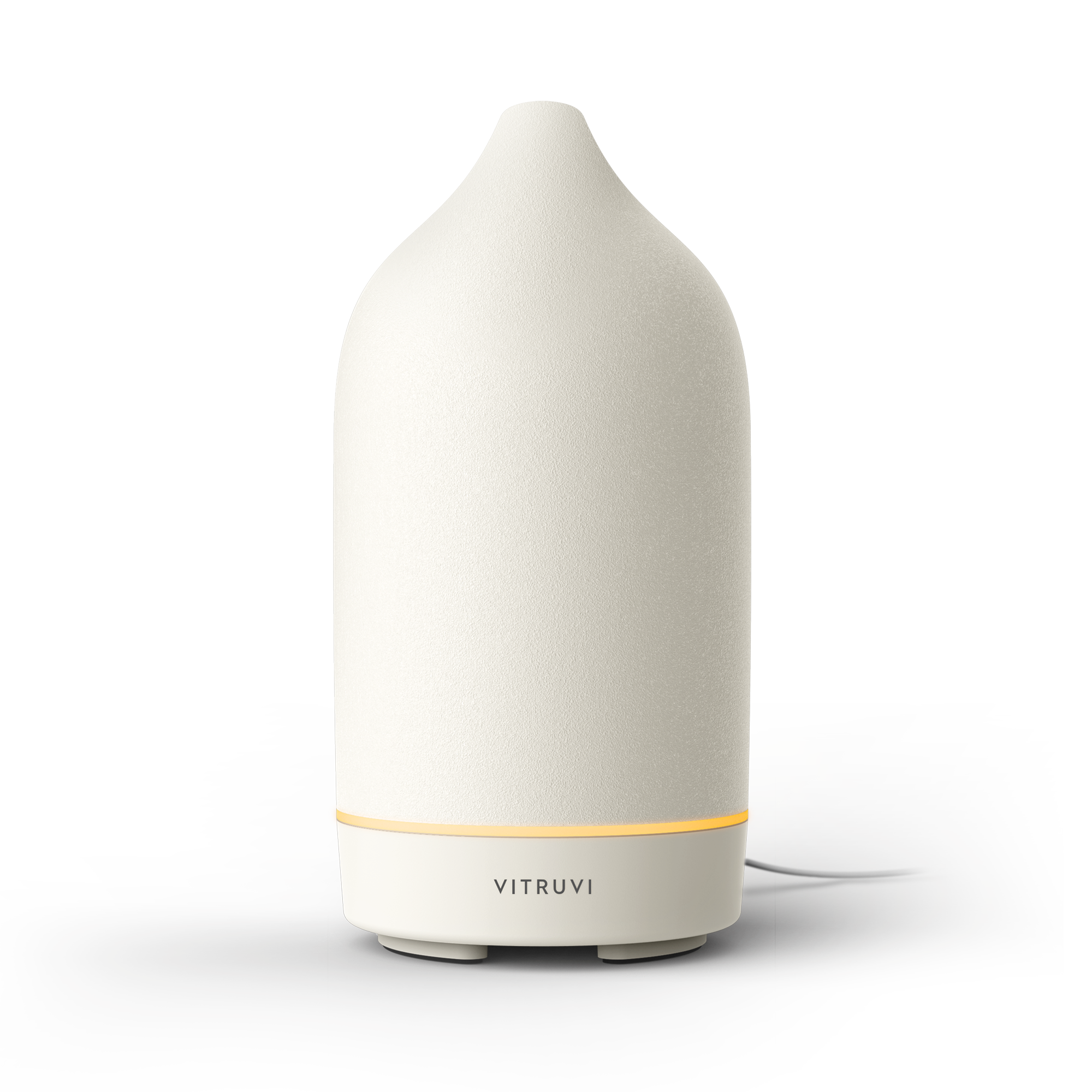I was in kindergarten the first time I put myself on a diet.
Ashley, in all her blonde-haired and thin-legged confidence, called me fat and then asked for my Dunkaroos. Only if you’re skinny, she explained through sugary lips, are you allowed to have “bad” food, and only as a treat. In my brain this got translated to: all food is bad unless you’re skinny.
After this, I became aware of my body. After this, I created an intricate system of trading my snacks or throwing them out altogether. I needed to be in control of what I ate so that I could be skinny like Ashley.
It was here that my body divorced itself from me. I learned that my body was never really mine, but instead belonged to all who perceived it.
It’s worth noting that Ashley also blackmailed me for my Pinky and the Brain holographic pencils after I peed my pants in gym class. So in retrospect, maybe she was the problem.
~
Growing up, I was aware that my family was different. I knew we were Native, but I didn’t know what that meant. The word was handed to me with no instructions; it was said with either disdain or monotony. My parents were divorced and our houses were small. We ate bologna sandwiches. Kokum (the Cree word for grandmother) often made my favourite meal: boiled neck bones. I loved to salt the soft meat—to be honest, I’m not sure what animal it came from—and suck it off the bones, letting the juice run down my hands. Food was the centre of our family, and fatness was the shadow in the corner. Fat was something everyone was and called themselves. It was a rotten thing falling out of our mouths.
My teens were a mess of disordered eating, with the childhood seeds of shame starting to take root. I refused to talk about my body. If I didn’t acknowledge it, maybe it wasn’t really there.
But shopping for clothes was the nagging voice in the back of my head reminding me that I existed in corporeal form. Like any teenager, I wanted to fit in; every summer, my mom would take me back-to-school shopping and I would beg her to go to Bootlegger, at the time the epicentre of Northern British Columbia cool-girl style (and low-rise jeans). I would spend hours combing through the racks of shirts looking for anything above a large. I would look at the jeans, mentally begging for something that would fit over my thighs. Year after year, I came out broken-hearted and empty-handed. Once I found an XXL shirt, but in all honesty it fit more like a large. I squeezed my body into the olive-green cotton blend and proudly donned it, even though across the chest in purple letters it read: “S is for Single.” Very few things prepare you for being the fat girl in Grade 8; next to nothing prepares you for being the fat girl in Grade 8 who displays your singledom across your chest.
~
I was pushed from all corners to lose weight. I was complimented when I lost a couple pounds here and there, and was offered rewards if I could lose more. I don’t blame my family for this. Our bodies exist outside the realms of whiteness and wealth; they were handed down to us through generations of trauma, but also resilience. Skinniness was a pathway to an easier life. My skin was already light, my eyes blue—all that was left was for me to be skinny, and maybe my world could look different.
Fatness, when you live in an already pathologized body, is another layer of hate that can be used against you. It is another raging river you have to swim across. So I worked harder. I starved myself all day at school and then came home, binged, purged, and tried again the next day. Even then, in the deep recesses of my mind, I knew that I was never going to lose the weight.
Sometimes we have to fully break before we can rebuild. We have to let our parts fall to the floor and shatter into so many pieces that it’s impossible to find all the fragments. The person we reconstruct from those broken shards is different than before, but at least it’s formed by our own hand.
I want to tie this up with a neat bow, tell everyone that some miracle jostled the self-love hidden in my folds. The real truth about it, though, is that no one gets it right, and that this is a non-stop journey with no end. Along the way, I am learning how to heal myself and find beauty in this being. I am learning that my place in this world is in the relationships I have a sacred duty to uphold—to my kin, to the plants and animals, to the land. These relationships are intrinsically tied to the gift of this body and the lessons she teaches me. It’s in this cycle of belonging that I am able to heal the imagined thin Sam trapped inside my body—and to say goodbye to her. I honour the stories she has told, written on the inside of this skin like pictographs on a cave wall. But continuing on this journey has meant letting her go.
I now recognize beauty in myself by seeing my ancestors reflected back at me when I look in the mirror. I see the big cheeks and moon-shaped smiles I have inherited from my mom and kokum, the freckles and big ears I got from my dad. The curves of my body, the softness of my belly, and the mountains of my thighs are here because of the strength of my people, who survived the insurmountable violence of creating this country.
Me being here is a testament to the unrelenting love of my ancestors, and that is a beautiful thing. It is through this unrelenting love passed down in me that I am discovering I, too, am a beautiful thing.

